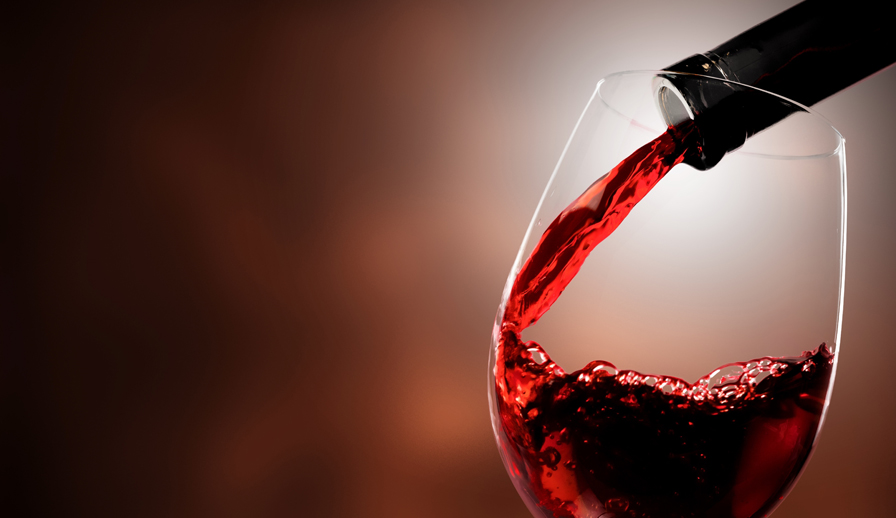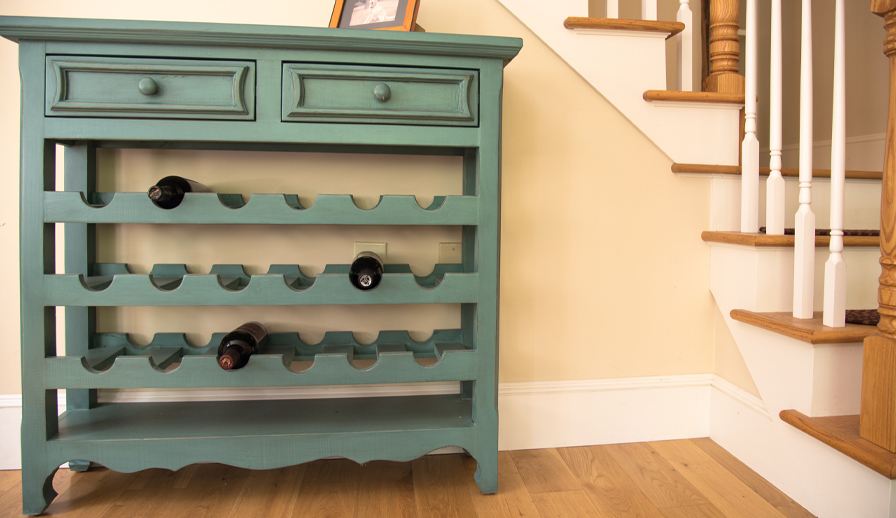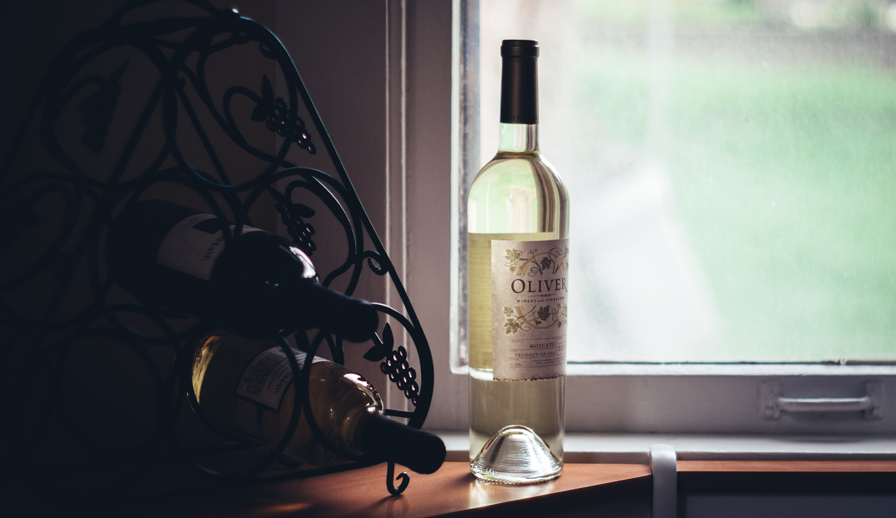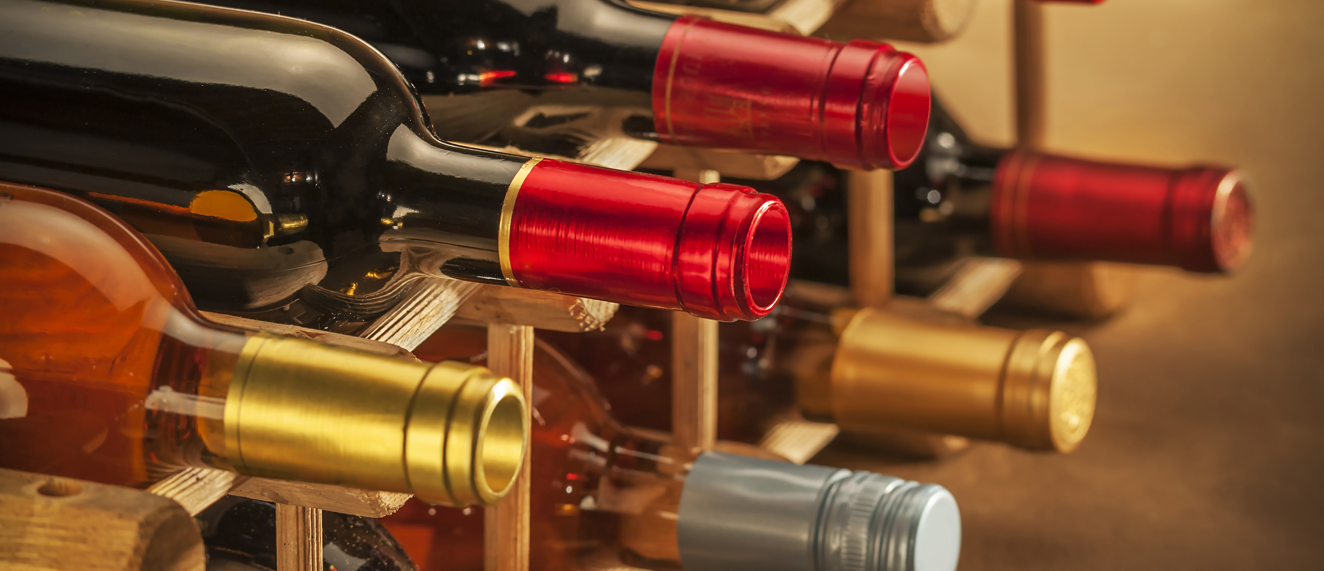Struggling to find content to share on your social media pages?
Stop scrolling through Instagram and Facebook. All you need is REALTOR.ca.
Our consumer lifestyle blog, Living Room, offers content including home improvement, market trends, DIY projects, neighbourhood guides and profiles on unique homes. Living Room publishes exciting new content four times a week (with unique French content for our Francophone fans).
While CREA Café is curated specifically to help your business grow and thrive, Living Room content is perfect to share with your clients.
Owned and operated by the Canadian Real Estate Association (CREA), REALTOR.ca is the No. 1 real estate platform in Canada (Comscore, 2020) with MLS® System listings from across the country.
Share this blog with your clients and followers with the Facebook button below!
You can also follow REALTOR.ca on Twitter, Instagram and Pinterest.
You can read the original blog here.

After a long, hard day, there’s nothing better than unwinding with a nice glass of vino. There’s something therapeutic about popping the cork on your favourite bottle and watching that liquid gold fill your glass; that first sip melts all your worries away. But for some, that experience can quickly be spoiled with a sip that is flat, sour or just plain “yuck” because the wine was not stored properly. Yes, there is a right and wrong way to store wine and all collectors, serious or casual, need to know what can make or break a collection.
Whether you have 200 perfectly aged bottles in your 600 sq ft. climate-controlled wine cellar or just two bottles left in your wine rack, here are some quick tips on how to keep your wine tasting—and looking—the best.
Make sure the conditions are right: temperature and humidity
If there’s ONE thing that can really ruin a great bottle of wine, it’s temperature. Too hot, you end up “cooking” the wine, causing that delicious full-bodied Cabernet to become flat or pruney-tasting. Too cold, and the wine can freeze (wine slushy, anyone?). Even worse are fluctuating temperatures, like what you might experience in a garage, kitchen, laundry room or furnace room.
Frequent changes in temperature can cause the cork to expand and contract, creating leaks or allowing air to seep in. If I can avoid oxidation and sticky drips of dried wine on my floor, I will! In general, the ideal temperature for wine storage is 13C, but this may vary from wine to wine. For the most accurate temperature recommendations, it’s best to consult the winery. As for humidity, the sweet spot is between 60-70%, however, anything above 50% and below 80% is acceptable.

Horizontal versus vertical
Traditionally, bottles of wine have been stored horizontally, on their sides. Besides space-efficiency, this method of storage keeps the liquid in contact with the cork, which can sometimes dry out when a bottle is stored vertically. And a dried-out cork lets in air, oxidizing the wine, so store those corked bottles on their side. As for the popular screw-top bottles, this rule doesn’t apply, you can store however you wish.
Turn off the light
Another way to ensure your wine is always at its best is to keep the bottles away from direct sunlight. In fact, the less light the better! Not only can direct UV light cause the labels to dry out and peel (which is no good if you are a serious collector and trader) it can also prematurely age the wine, damaging the aromas and flavour.
Open wine needs to be stored properly too
It’s not very often I open a bottle of wine and finish the entire thing in one sitting. Knowing how to store an open bottle of wine can save you money and, well, wine! Once opened a bottle can last three to five days. The key to maintaining flavour is to re-cork it tightly and promptly. In the event that using the original cork is not an option, a rubber wine stopper will do the trick. If you’re enjoying a glass or two from a bottle that is worth hundreds of dollars, a wine vacuum pump, which removes the air out of the open bottle for an airtight seal, might be the best option.

Don’t forget about design aesthetics
If you don’t have hundreds of thousands of dollars to spend on showcasing your collection in a custom-built, state-of-the-art wine cellar, don’t be tempted to install an open wine rack in your kitchen or wet bar. Sure, it looks nice and can build your “wine aficionado” status having your bottles on display, but it’s not the ideal way or place to store your collection.
If design is a high priority, there are plenty of enclosed cabinets on the market that electronically control temperature and humidity. Wine coolers are also an option if you’re looking to keep wine accessible in your kitchen or wet bar. And there are some impressive options on the market, like this one by Vinotemp, that is panel-ready, making it easy to seamlessly match your cabinetry. Just know they are more for short-term storage than a long-term solution.
At the end of the day, if you follow these very simple wine storage tips you will have a long-lasting wine collection that will always be aromatic and delicious.




